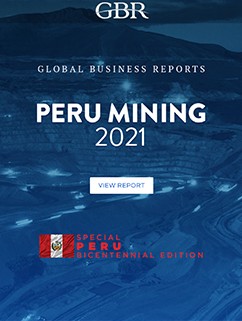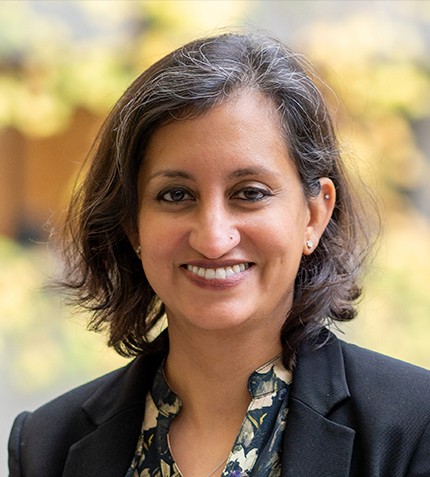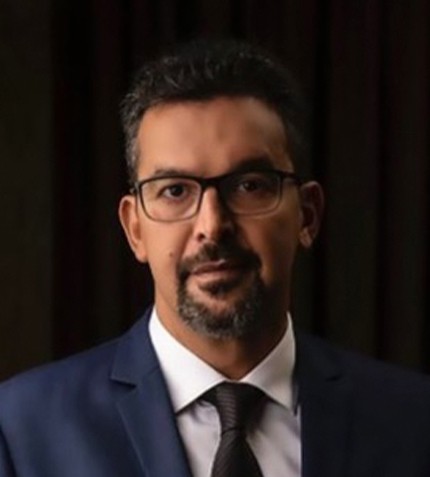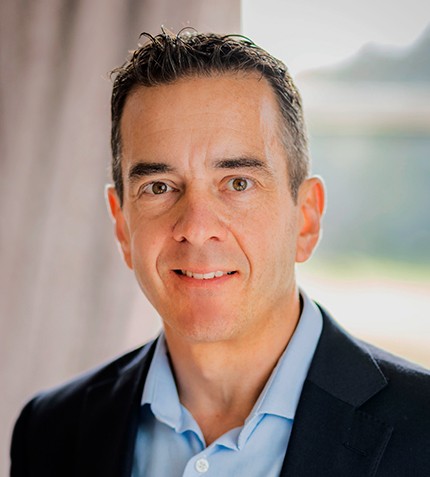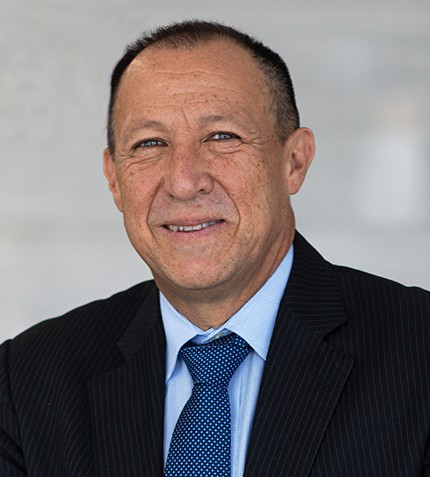
"We have 150,000 hectares of concessions in Peru, and option agreements with various companies, so there is no lack of potential to crystalize opportunities and grow our presence in the country."
RELATED PUBLICATION
ARTICLES FROM THIS PUBLICATION
Javier Del Rio
VP BUSINESS UNIT SOUTH AMERICA, HUDBAY MINERALS INC.
Which investments is the company making at Constancia?
During 2021 we have thus far completed the pre-stripping phase at the Pampacancha satellite deposit, which represents a capital expenditure, and have begun mining the first of two stages at this site, contributing towards our P&L. Keep in mind, Constancia is not the finish line, as we have several greenfield and brownfield deposits around the mine and in other parts of the country which we intend to explore thoroughly to increase reserves and resources.
When do you expect the Pampacancha satellite deposit to begin full production?
We expect to achieve full production at Pampacancha by the end of Q2 2021, but the real benefits of the operation will be felt in 2023/24. This deposit will overcome the declining head grade at Constancia and compensate for the hardness of the Constancia rock. Pampacancha has 40 million tonnes of reserves at 0.60% Cu, which will be blended with the Constancia production resulting in an average grade of 0.40% to 0.45% Cu for our operation, so it will contribute considerably.
Can you elaborate on introducing new technologies at Hudbay’s mines?
Waste and ore can have over 30 different characteristics that must be considered, including hardness, head grade, contaminants, oxidation, clays, among other factors like mineralogy, units of compression and abrasion, etc. Waste needs a classification for NA (non-acid generating material) and PAG (potentially acid generating material), Units of compression, etc. To optimize your production, it is important to know in real time the specific characteristics of the ore that is going through your processing plant, so the operator can provide the best metallurgical response possible. Now, imagine if the system could recalibrate itself in real time to provide the best metallurgical response possible and the system learning from these responses.
Right now, we are taking advantage of the US$4/lb+ copper price to invest in capital initiatives focused on the optimization of all the processes from the pit to the port that is helping us to improve our recoveries (especially with the ultrafine material) and in particle size sensors that send data in real-time to optimize the processing plant throughout the Expert System. We are also looking to automate our drill rigs so they can be operated remotely, and reinforcing our digital infrastructure with an LTE network, including at Pampacancha. Importantly, these are not isolated activities, as the operation must work as an interconnected unit and not in silos.
What progress has been made with the Chumbivilcas negotiations, and what investments does Hudbay have planned for the region?
Chumbivilcas has 83,000 inhabitants in the province, in a remote location over 4,000 m above sea level. In the region, 29 out of 1,000 children do not celebrate their first birthday due to the high rate of infant mortality. On the environmental side, 62% of the garbage and waste in the region is buried, burned or dumped into water sources. In other words, the area is in need of tremendous help, and Hudbay is trying to bring in a multi-stakeholder approach that delivers investment from many sources. We signed a framework agreement with the province in the beginning of March 2021, committing to invest PEN 11 million (around US$3 million) this year in social and technical development projects, despite the other more than PEN 19 million (USD 5.2 million) the company annually invests in the three districts of its influence area.
Regardless of who wins the election, sustained investment and development is needed in the Chumbivilcas province, and this cannot be achieved by one company alone.
What opportunities does Hudbay see for growth in Peru, either organically or through M&A?
Hudbay is always looking to grow in both ways. This involves working on a range of projects simultaneously, which each have different criteria, including operational improvements, exploration campaigns and feasibility studies. We have 150,000 hectares of concessions in Peru, and option agreements with various companies, so there is no lack of potential to crystalize opportunities and grow our presence in the country. When the timing is right, we will execute.




